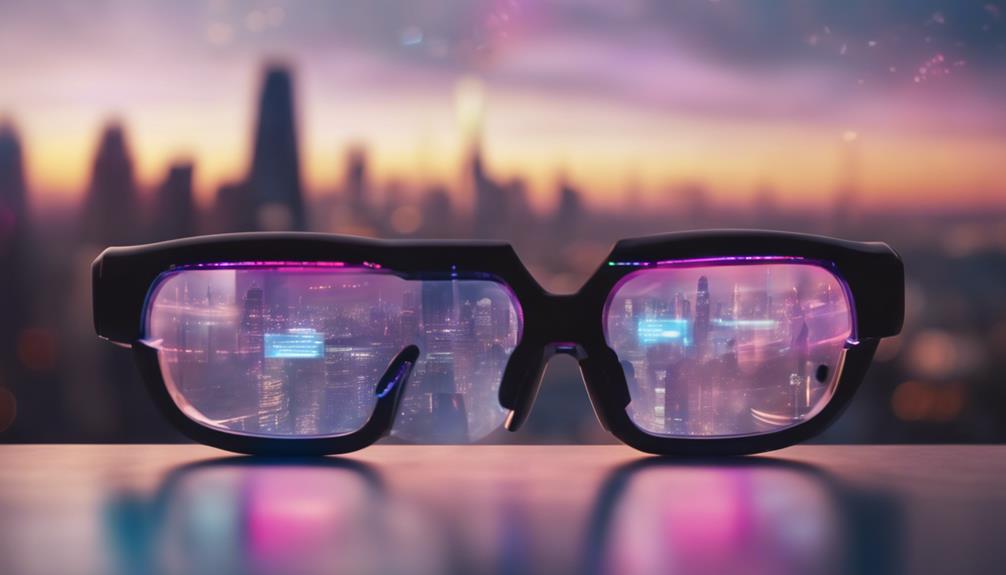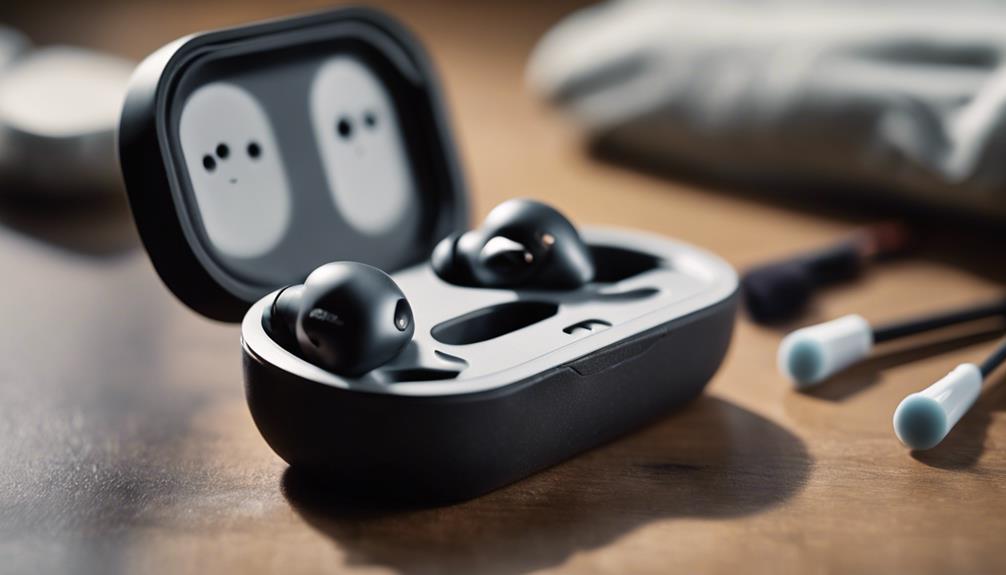
Introduction to Webcam Video Surveillance
In an era marked by increasing concerns over security and privacy, webcam video surveillance has emerged as a pivotal tool for both individuals and organizations alike. This technology allows users to monitor environments in real time, offering a flexible and often cost-effective solution for enhancing safety and security. Webcam surveillance systems can serve a variety of purposes, from deterring crime in residential areas to overseeing operations in commercial settings. As advancements in internet connectivity and camera technology continue to evolve, the accessibility and effectiveness of webcam surveillance are rapidly improving. This article explores the fundamental aspects of webcam video surveillance, including its applications, benefits, challenges, and the ethical considerations that accompany its use. By understanding the nuances of this technology, stakeholders can make informed decisions regarding its implementation and management in diverse contexts.
Understanding the Fundamentals of Webcam Video Surveillance
Webcam video surveillance has emerged as a pivotal tool for enhancing security across various environments. Understanding its core principles is crucial for anyone considering its implementation. Here are some key elements to consider:
- Real-Time Monitoring: Webcam systems offer live feeds, allowing users to monitor activities as they happen, which can deter potential intruders.
- Accessibility: Many modern systems allow remote access via smartphones and computers, enabling users to keep an eye on their premises from anywhere.
- Cost-Effectiveness: Compared to traditional surveillance systems, webcam setups can be more affordable, making them accessible for small businesses and home users alike.
- Easy Installation: Most webcams can be installed with minimal technical knowledge, often featuring plug-and-play functionality.
Moreover, proper setup and planning are vital for maximizing the effectiveness of video surveillance. A few factors to keep in mind include:
| Factors to Consider | Description |
|---|---|
| Location | Identify areas that require monitoring, such as entrances and high-traffic zones. |
| Resolution | Choose a camera with adequate resolution for clear images, especially in low-light conditions. |
| Storage Options | Decide between cloud storage or local storage based on budget and accessibility needs. |
| Privacy Concerns | Ensure compliance with local laws regarding surveillance to protect individual privacy rights. |
Choosing the Right Webcam for Optimal Surveillance Performance
When selecting a webcam for surveillance purposes, it’s important to consider several key features that will enhance your monitoring capabilities. High resolution is essential; look for a webcam with at least 1080p quality to ensure clear images. Additionally, frame rate plays a crucial role—the higher the frame rate, the smoother the video, which can be vital for monitoring fast-moving situations. Another important factor is low-light performance; infrared capabilities or the ability to function well in dim conditions are crucial for effective night surveillance.
Furthermore, the webcam’s field of view should be taken into account. A wider angle can capture more area without the need for multiple cameras, making it a cost-effective option for larger spaces. It’s also beneficial to consider features like motion detection and 360-degree rotation for enhanced coverage and reduced blind spots. To simplify your decision-making, here’s a quick comparison of features to look for:
| Feature | Recommended Specs |
|---|---|
| Resolution | 1080p or higher |
| Frame Rate | 30 fps or above |
| Low-Light Performance | Infrared capability |
| Field of View | Wide-angle lens (90° or more) |
| Motion Detection | Enabled |
| Rotation Capability | 360 degrees (if applicable) |
Enhancing Security with Effective Installation Techniques
To enhance security through effective installation techniques of webcam video surveillance systems, it’s essential to focus on various critical factors. Proper placement of cameras can significantly influence the quality and effectiveness of surveillance. Cameras should be strategically located to cover high-risk areas such as entrances, exits, and parking lots. Additionally, the installation should consider lighting conditions; cameras positioned in poorly lit areas may require infrared capabilities or supplemental lighting to ensure clear visibility. Regularly reviewing and adjusting camera angles will also help to capture activity that may otherwise be missed.
Moreover, ensuring that cameras are securely mounted and protected from tampering is vital. Consider the following measures for robust installation:
- Use weatherproof housings for outdoor cameras to shield them against environmental factors.
- Implement cable management systems to prevent unauthorized access to wiring and connections.
- Utilize password protection and encryption to secure the video feed from unauthorized access.
- Regularly update software and firmware to protect against vulnerabilities.
Data Privacy and Legal Considerations in Webcam Surveillance
Webcam surveillance raises significant concerns regarding data privacy and legal compliance. The collection, storage, and processing of video footage can intersect with various privacy laws, which often vary by region. Organizations must ensure that they are compliant with regulations such as the General Data Protection Regulation (GDPR) in Europe and the California Consumer Privacy Act (CCPA) in the United States. Key considerations include:
- Transparency: Informing individuals about the use of surveillance, including the purpose of data collection.
- Consent: Obtaining explicit consent from individuals being monitored, especially in non-public spaces.
- Data Security: Implementing robust security measures to protect stored footage from unauthorized access.
- Retention Policies: Establishing clear policies on how long video data will be retained and when it will be deleted.
Legal implications can also arise from misuse or negligence in managing surveillance data. Failure to adhere to privacy regulations can lead to hefty fines and damage to reputation. A proactive approach entails regular audits and reviews of surveillance practices. Organizations should consider maintaining a detailed log of data access to enhance accountability. Below is a table highlighting critical regulations and their primary focus areas:
| Regulation | Region | Key Focus |
|---|---|---|
| GDPR | European Union | Data protection and privacy rights |
| CCPA | California, USA | Consumer privacy and data rights |
| PIPEDA | Canada | Consumer privacy and data management |
Integrating Webcam Surveillance with Smart Home Systems
Integrating webcam surveillance into smart home systems elevates both security and convenience to new levels. By connecting webcams to central hubs, such as a smart speaker or home automation system, homeowners can gain instant access to surveillance feeds from their smartphones or tablets. This synchronization allows users to remotely monitor activities in real-time, receive notifications of unusual movements, and even control settings through voice commands. The versatility of these systems means you can easily set up multiple cameras in different areas of your home, all accessible from one unified interface.
Moreover, leveraging the capabilities of artificial intelligence can greatly enhance the functionality of webcam surveillance. With features like motion detection, facial recognition, and event-triggered recording, users can customize their security experience based on specific needs. Here’s a brief overview of common features available when :
| Feature | Description |
|---|---|
| Motion Detection | Sends alerts when movement is detected. |
| Cloud Storage | Securely stores footage for future access. |
| Two-way Audio | Communicate through the camera directly. |
| Night Vision | Clear visuals even in low-light conditions. |
Best Practices for Monitoring and Maintaining Your Surveillance Setup
To ensure that your webcam video surveillance system operates smoothly and effectively, regular monitoring and maintenance are crucial. Start by conducting routine checks on your cameras and recording devices. This can involve visually inspecting the cameras for obstructions, verifying that they are powered on, and ensuring that each unit is functioning without any glitches. Additionally, consider implementing scheduled software updates for your surveillance system to ensure optimal security and performance. Keeping an updated firmware can prevent vulnerabilities that might be exploited by unauthorized parties.
Another important aspect of maintaining your surveillance setup is to establish a data management practice. Regularly reviewing and organizing recorded footage will enable you to easily locate important events should the need arise. It is also advisable to set parameters for data retention to ensure that storage space does not become an issue. You may find it beneficial to use a data retention table, outlining the duration for which various types of footage will be kept, as shown below:
| Footage Type | Retention Period |
|---|---|
| Live Feed | 24/7 |
| Motion-Activated Events | 30 Days |
| Incident Footage | Until Resolution |
| Routine Footage | 7 Days |
Q&A
Q&A on Webcam Video Surveillance
Q1: What is webcam video surveillance?
A1: Webcam video surveillance refers to the use of webcams and related software to monitor specific areas or activities in real-time. Unlike traditional surveillance systems that may require specialized cameras and setups, webcam surveillance uses standard webcams commonly found in personal computers and laptops to stream video footage over the internet.
Q2: How does webcam video surveillance work?
A2: Webcam video surveillance works by connecting a webcam to a computer or network where surveillance software is installed. The software captures the video feed from the webcam, allowing users to view the live stream remotely via the internet. Many systems also enable users to record footage for later review and may include features like motion detection and alerts.
Q3: What are the primary uses of webcam video surveillance?
A3: Primary uses of webcam video surveillance include home security, monitoring of children or pets, workplace monitoring, and remote observation of business premises. It can also be utilized in educational settings for monitoring classrooms or during events for accountability.
Q4: What are the advantages of using webcam video surveillance?
A4: Some advantages of webcam video surveillance include affordability, as many consumers already possess webcams; ease of setup and use; and flexibility, allowing users to monitor their premises or loved ones from anywhere with an internet connection. Additionally, certain software offers features like cloud storage, real-time alerts, and the ability to integrate with other smart home devices.
Q5: Are there any privacy concerns associated with webcam video surveillance?
A5: Yes, privacy concerns are a significant issue in webcam video surveillance. Unauthorized access to webcam feeds can lead to breaches of privacy if sensitive areas are monitored without consent. It is essential to implement security measures such as strong passwords, encryption, and user awareness to mitigate these risks.
Q6: What legal regulations govern webcam video surveillance?
A6: Legal regulations regarding webcam video surveillance vary by country and state. Generally, laws protect individuals from surveillance in private areas without consent. It is advisable to familiarize oneself with local laws regarding notification, consent, and data protection when setting up a webcam surveillance system to ensure compliance.
Q7: What features should I look for in webcam video surveillance software?
A7: Key features to consider when choosing webcam video surveillance software include live streaming capability, motion detection alerts, cloud storage options, the ability to record and schedule recordings, remote access through mobile applications, and user-friendly interfaces. Security features like encryption and two-factor authentication are also important to protect the surveillance feeds.
Q8: Can webcam video surveillance systems be integrated with other security systems?
A8: Yes, many webcam video surveillance systems can be integrated with other security systems, such as alarms, smart locks, and home automation technologies. This integration enhances overall security by allowing for coordinated responses to alerts and the ability to control various security devices from a single platform.
This Q&A aims to provide readers with a foundational understanding of webcam video surveillance, its applications, advantages, and necessary considerations.
Final Thoughts
webcam video surveillance has emerged as a versatile tool for enhancing security and monitoring in various environments, from homes to businesses. The technology offers real-time access to live feeds, enabling users to keep an eye on their properties remotely. While the benefits of webcam surveillance are evident, it is essential to remain aware of the privacy concerns and ethical considerations that accompany its use. Users must implement robust security measures to protect against unauthorized access and ensure compliance with local regulations governing surveillance practices. As advancements in technology continue to evolve, webcam video surveillance is likely to become even more integrated into our daily lives, providing peace of mind while also fostering responsible usage. By understanding the capabilities and limitations of this tool, individuals and organizations can make informed decisions that enhance their security posture without compromising privacy.





